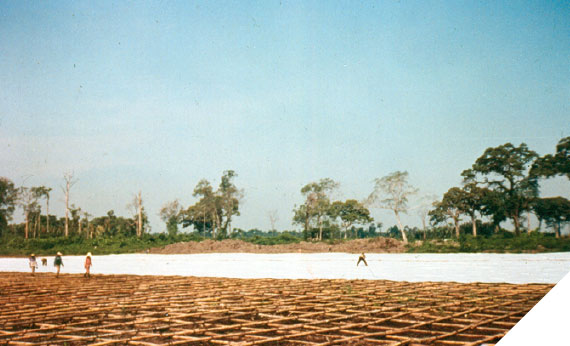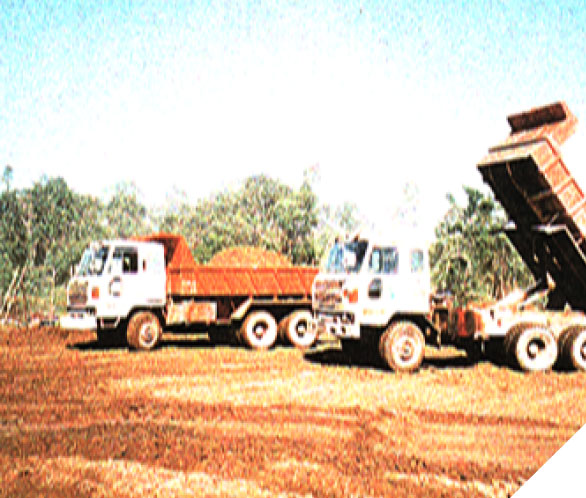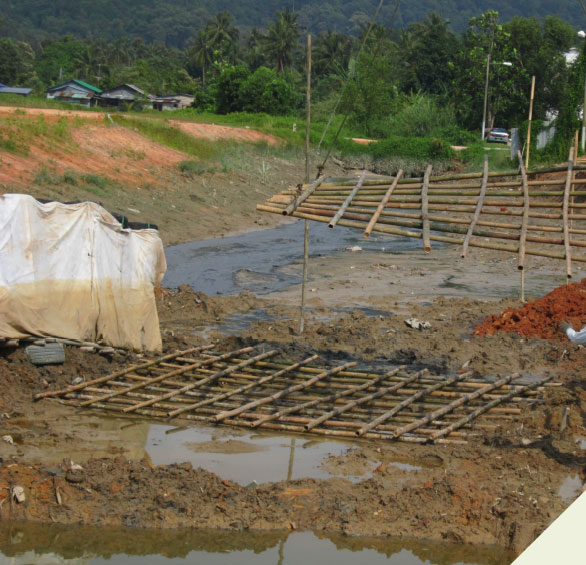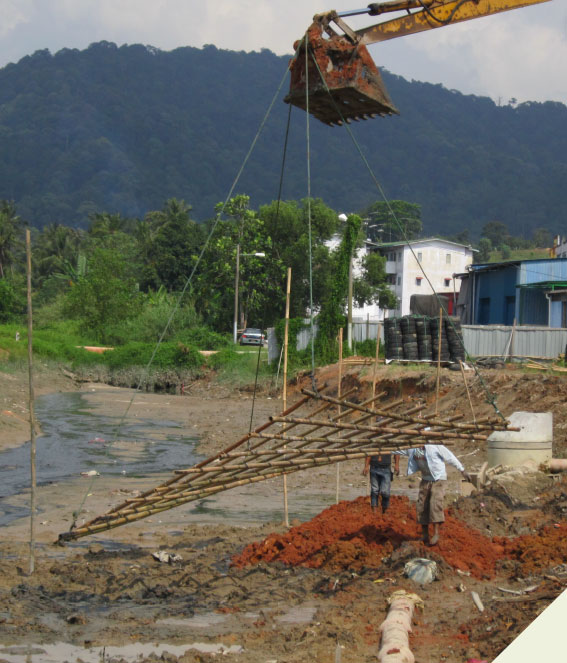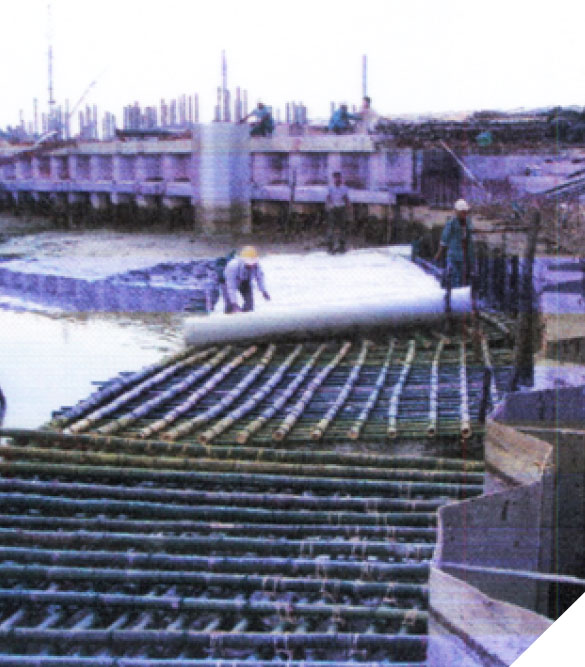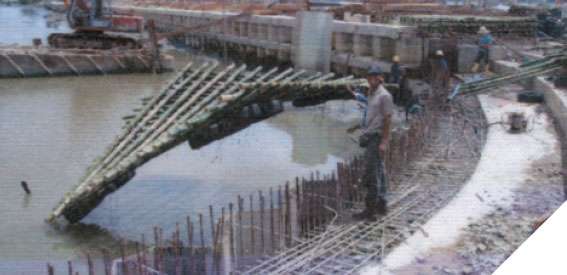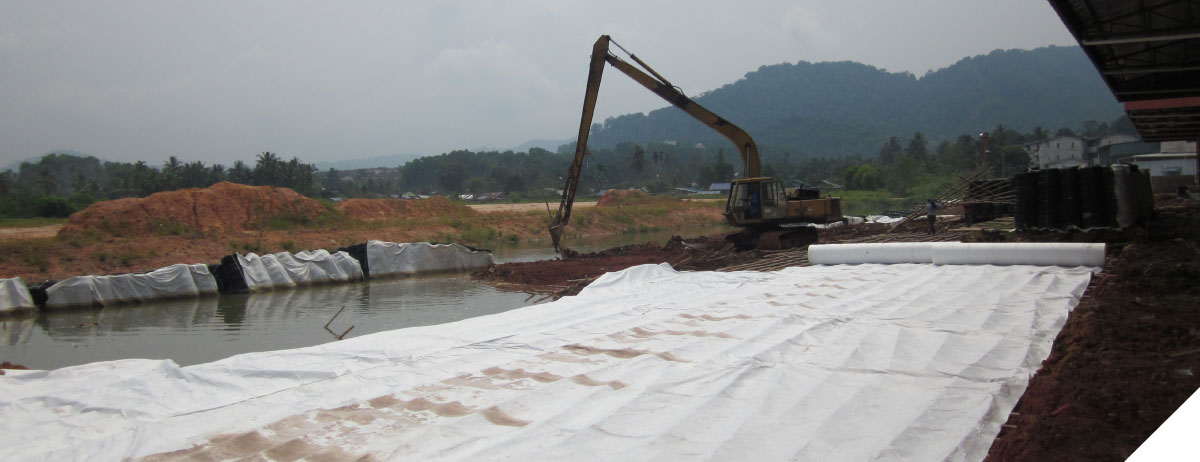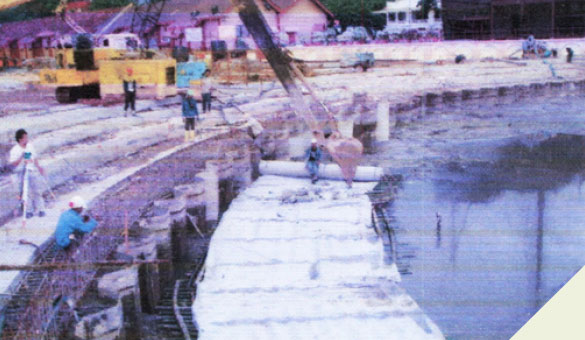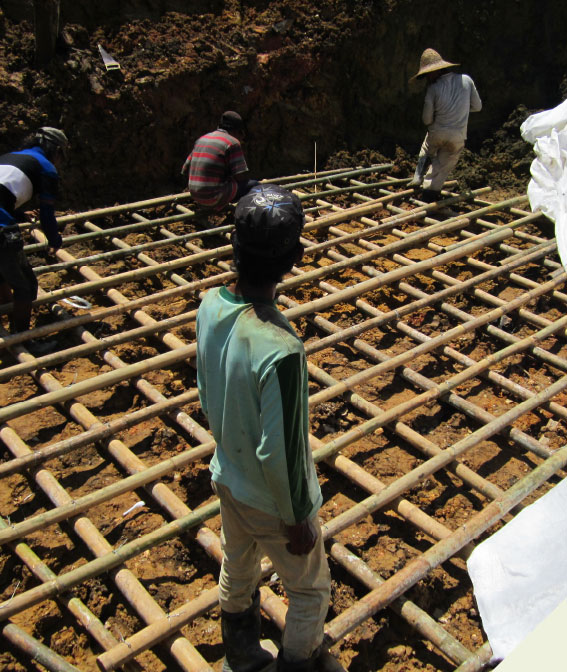Soft ground engineering construction is an important field within the civil engineering realm in Malaysia. In view of the prevailing geology, many of the infrastructural development face the dilemma of attempting to construct over soft ground. The concept of devising a method to support heavy engineering construction over soft to even very soft ground safely and economically has received tremendous attention. In view of the number of technical and practical advantages the currently invented method has over many currently available ground improvement methods, it has the potential to become a very attractive alternative method in minimizing the total and differential settlement of heavy structures construct over soft to very soft ground. Additionally, it is particularly useful in areas where depth of softness extends to a great depth where some existing ground improvement techniques may be rendered either non-functional or simply too costly to adopt.
The usual practical problems associated with construction over soft ground are settlement of ground and the structure built above it. Essentially they are the exceptionally large total settlement and the differential settlement occurred at different parts of the ground and so is structure built upon it. In real life, the latter is usually the major concern and is more perturbing and detrimental to the structure than the former. While there are quite a number of ground improvement methods available (e.g. surcharging with prefabricated wick drain, piled-embankment, polystyrene blocks and dynamic compaction etc.), more new methods/techniques including the present one are expected to emerge in the future. Despite variety, the existing ones can be broadly grouped into: i) Consolidation, ii) Compaction, and iii) Reinforcement-based, dependent on nature of the soil conditions in existence. Furthermore, despite availability of many methods, each of them seems to have its own practical limitation during implementation, perhaps due to its sophistication and thus its cost accordingly.


